INTRODUCTION TO PART II
The history, and the magic, of islands have always been bound up in processes of discovery, communication and creation. Over time, engagement with and development of these special places revolves around what we find there, what we bring there, and ultimately, what we make there.1
ALTOGETHER ELSEWHERE
Cockatoo is the largest island in Sydney Harbour, and a visual landmark with its distinctive silhouette. It lies at the junction of two rivers, affording magnificent harbour views.
Cockatoo Island contains important evidence of the history and development of Australia, and its convict remains are of great heritage significance. As an island it has invited particular uses due to its isolation and reliance on water access. The courtyard cluster of prison barracks, water towers, workshops and houses sits atop ‘the hill,’ an acropolis-like feature of sheer-sided sandstone carved to make the apron for the workshops below. An enormous complex of industrial workshops, cranes and the powerhouse with its rare electrical equipment furnish the island. These, and other elements, have contributed to the island’s intense industrial character.
The island has been expanded over the years from 12.9 hectares to 17.9 hectares. The sandstone knoll of the acropolis has undergone extensive cutting and filling to create distinct upper and lower levels. Adaptation and change are the stable elements on this island that has been transformed continuously by its maritime industries.291
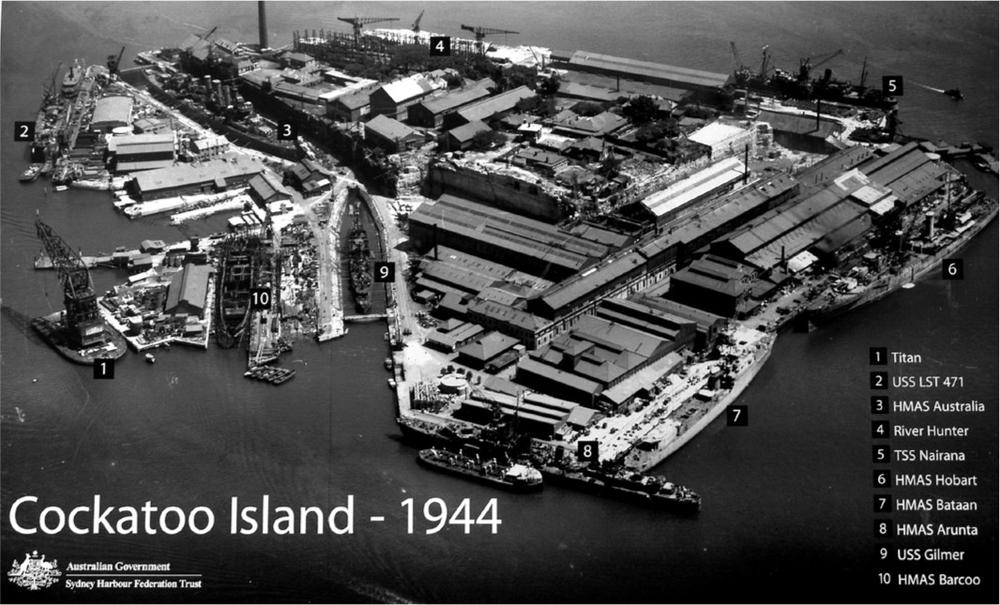
WARSHIP BUILDING FACILITIES ON COCKATOO ISLAND IN 1944
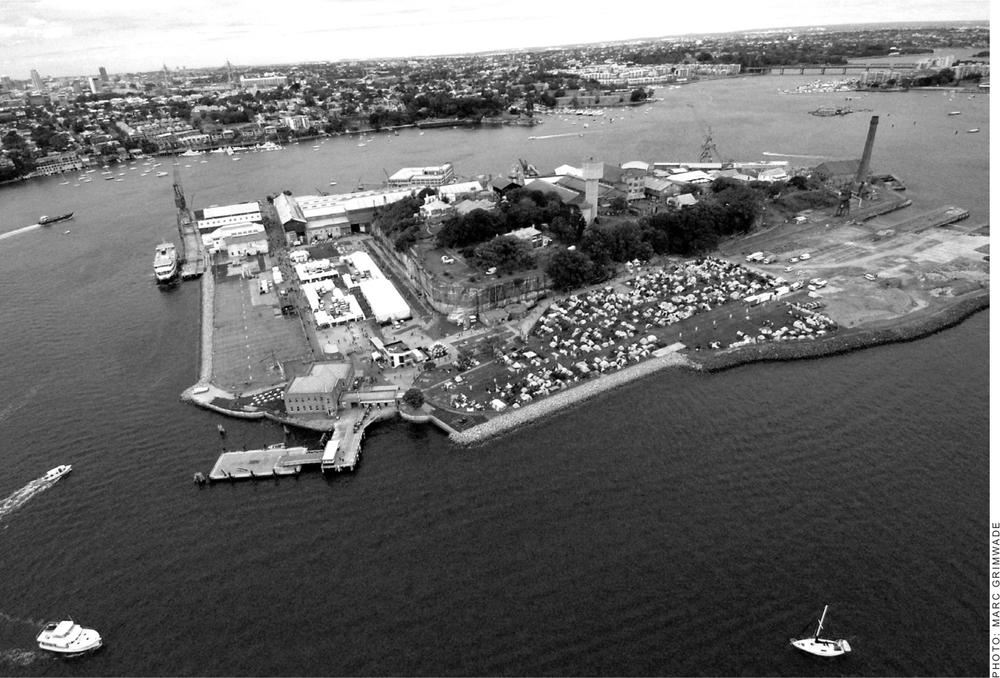
COCKATOO ISLAND DURING THE FESTIVAL IN 200592
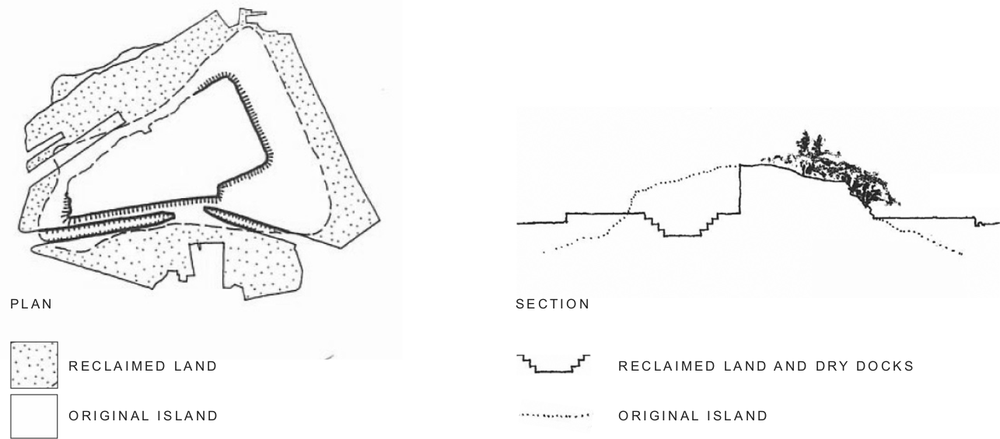
EXTENSIVE CUTTING AND FILLING EXPANDED COCKATOO FROM 12.9 TO 17.9 HECTARES
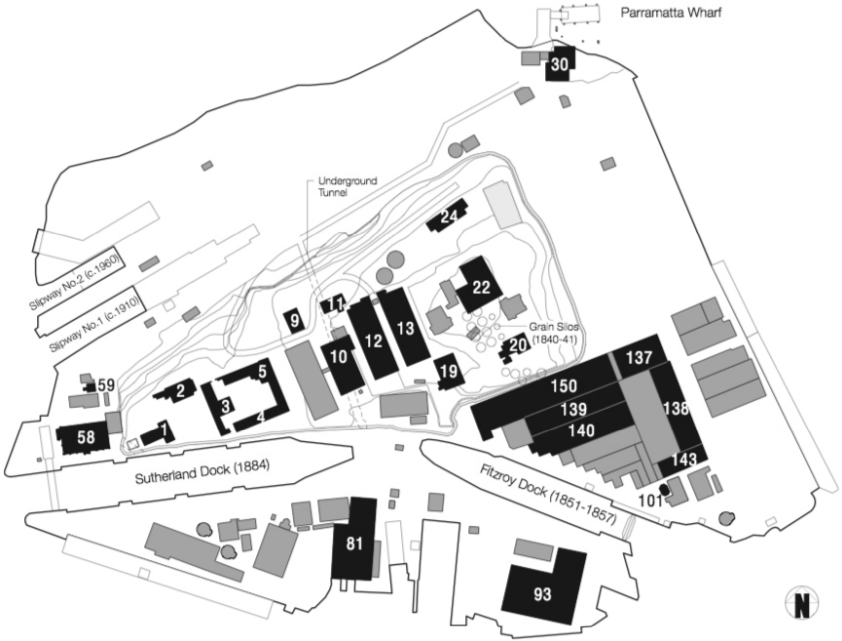
A MAP SHOWING THE HISTORICAL FUNCTIONS OF THE BUILDINGS EXISTING TODAY ON COCKATOO ISLAND
LEGEND:
1 Military Guardhouse (1842)
2 Military Officer’s Quarters (c.1845-57)
3 Mess Hall (c.1847 - 51)
4& 5 Prisoners’ Barracks (c.1839 - 42)
9& 11 Free Overseer’s Quarters (c.1850 - 57)
10 Estimating & Drawing Offices (1915 - 1918)
12 Pattern Storage/Joiners Shop (1912)
13 Pattern Shop/Polishing Shop (1911)
19 Timber Store (1916 - 1917)
20 Clerk of Petty Sessions Cottage (c.1845 - 50)
22 Superintendent’s Residence ‘Biloela House’ (c.1841)
24 Federation Duplex for Managerial Staff (c.1913 - 1916)
30 Administrative Building ‘Brindabella’ (1930)
58 Powerhouse (1918)
59 Powerhouse Chimney & Base (1918)
81 Shipwright’s Shed (1909)
93 Weapons Workshop for O Class Submarines (c.1968 - 71)
101 Pay Office (1914)
137 Iron & Steel Foundry (c.1856)
138 Engineers’ & Blacksmiths’ Shop (c.1853)
139&140 Heavy Machine Shop (c.1896)
143 Boilers, Pumping Engines & Offices (c.1845 - 57)
150 Turbine Shop (c.1942)93
In 2001 the Sydney Harbour Federation Trust was handed management of Cockatoo Island. At this time it was almost 10 years since the island had been used. Since then the Harbour Trust has been decontaminating the island and rehabilitating many of the buildings and structures.
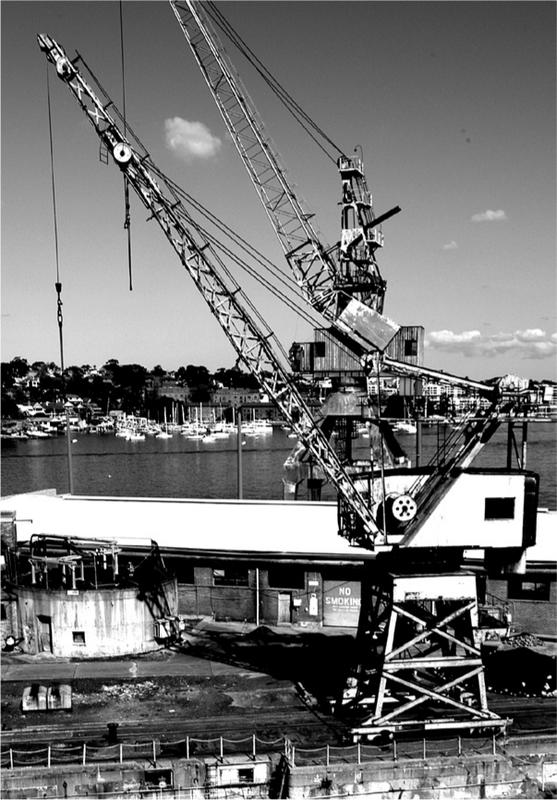
CRANES USED IN SHIP CONSTRUCTION
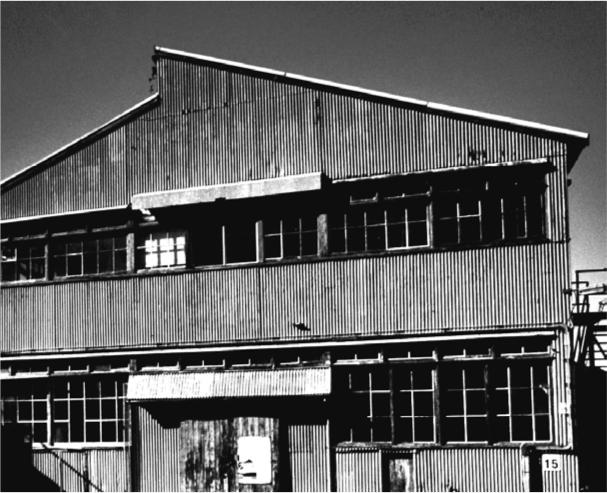
THE NAVAL ARCHITECTS DRAWING OFFICES

AN ACCESS TUNNEL CUT THROUGH THE ISLAND CORE
In 2005 the highly-acclaimed Cockatoo Island Festival of music and arts was held on the island, attracting over 7,000 visitors a day. One challenge for Cockatoo is not its future program, but its programmatic sustainability. While in the short 94term it may be able to host temporary cultural inhabitations – bars, music events, art installations, workshops, heritage tours – there remains the challenge to secure long term viability. Urban Islands are fragmented and fundamentally different to other urban typologies; they require new strategies. How can we cultivate diversity? How can heritage and an adopted program co-exist? How do we maintain freedom, yet ensure commercial viability? How do we sustain creativity? Do we plan at all? Or do we just act?
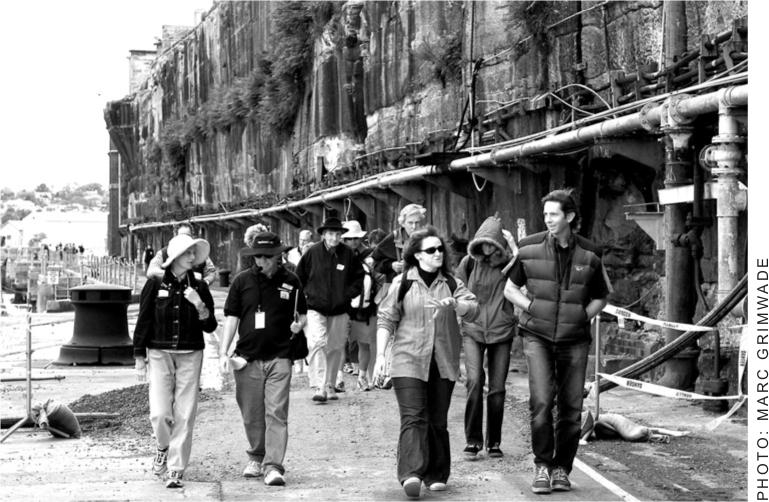
COCKATOO ISLAND HISTORICAL TOURS
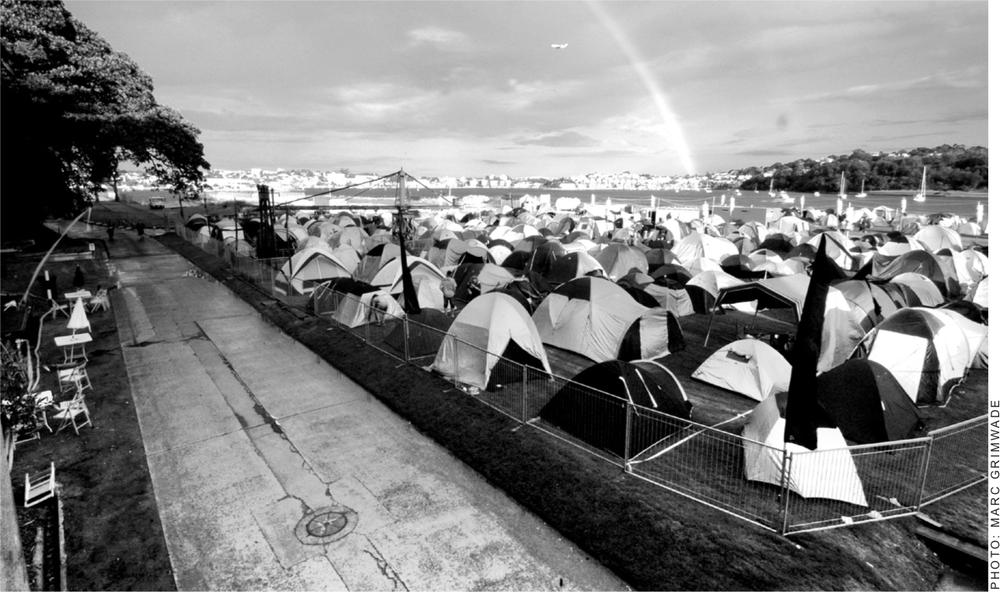
TENTSCAPE: TEMPORARY ACCOMMODATION AT THE COCKATOO ISLAND FESTIVAL 200595
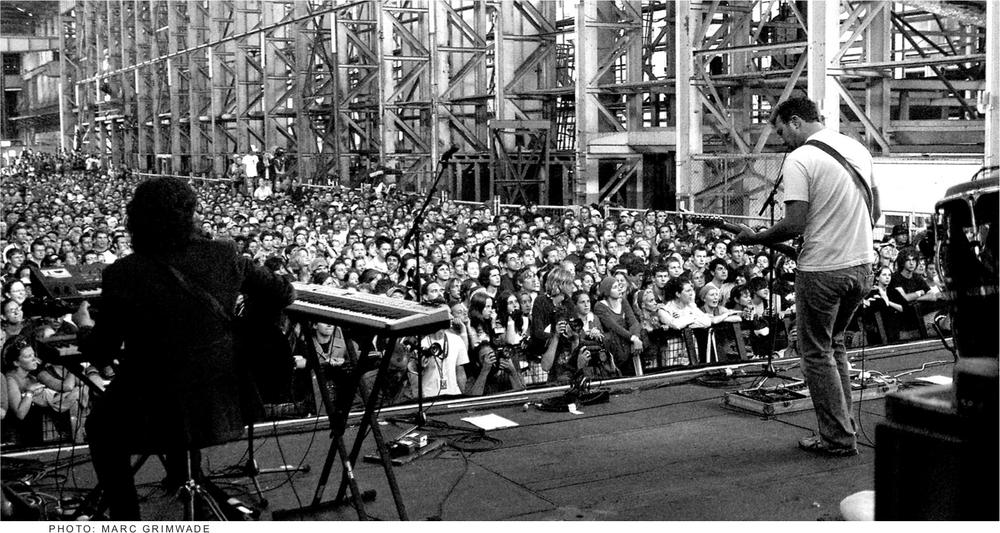
GOMEZ PLAY TO THREE THOUSAND FANS IN THE TURBINE HALL COCKATOO ISLAND FESTIVAL 2005
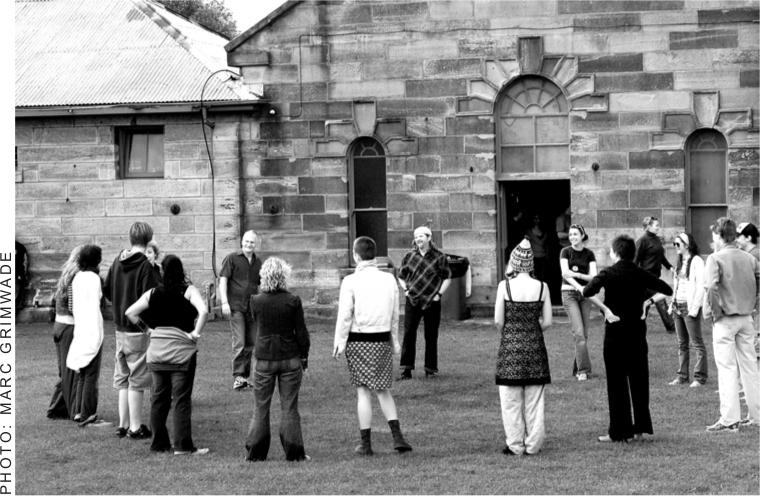
FRIENDS CLUB COCKATOO ISLAND FESTIVAL 2005
1 Altogether Elsewhere proposal for Cockatoo Island, www.altogetherelsewhere.org
2 This text has been compiled from the Sydney Harbour Federation Trust website, www.harbourtrust.gov.au, where more detailed information can be found. Of particular interest are two publications available there: ‘Sites Unseen’ and ‘Reflections on a Maritime City’, which evocatively portray the sculptural and scenic quality of the lands surrounding Sydney Harbour. Sketches aretaken from Note: Sketches from ‘Reflections on a Maritime City’ p18,20. Reproduced with kind permission of the Sydney Harbour Federation Trust.
96
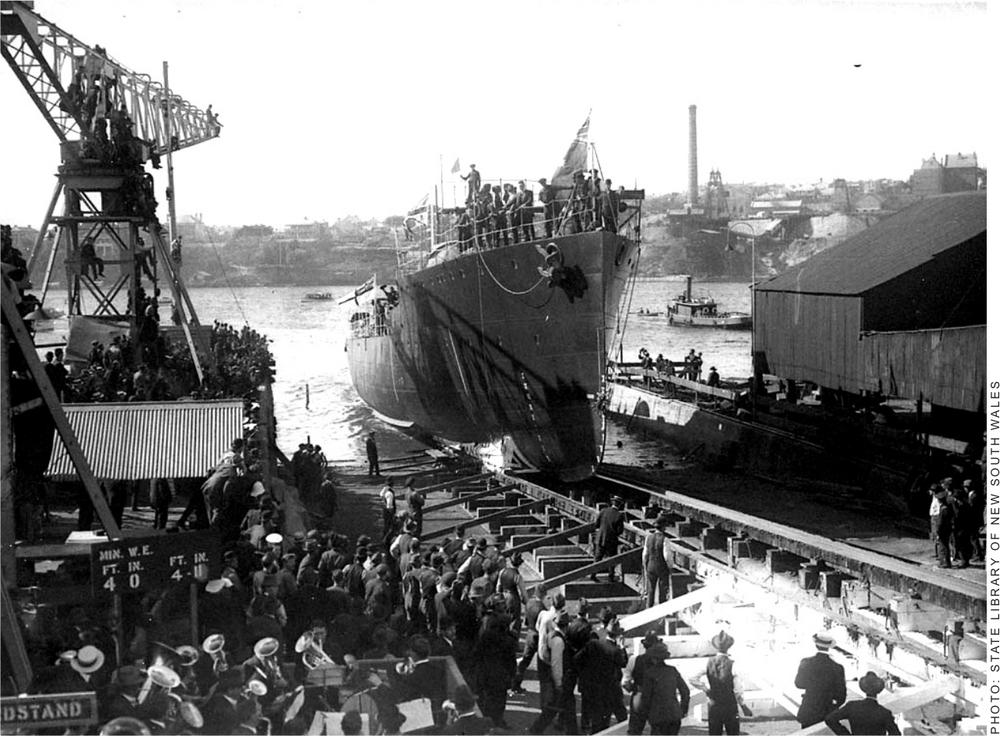
ROYAL AUSTRALIAN NAVY DESTROYER HMAS TORRENS LAUNCHED BY LADY HELEN MUNRO FERGUSON, COCKATOO ISLAND, 28 AUGUST 1915